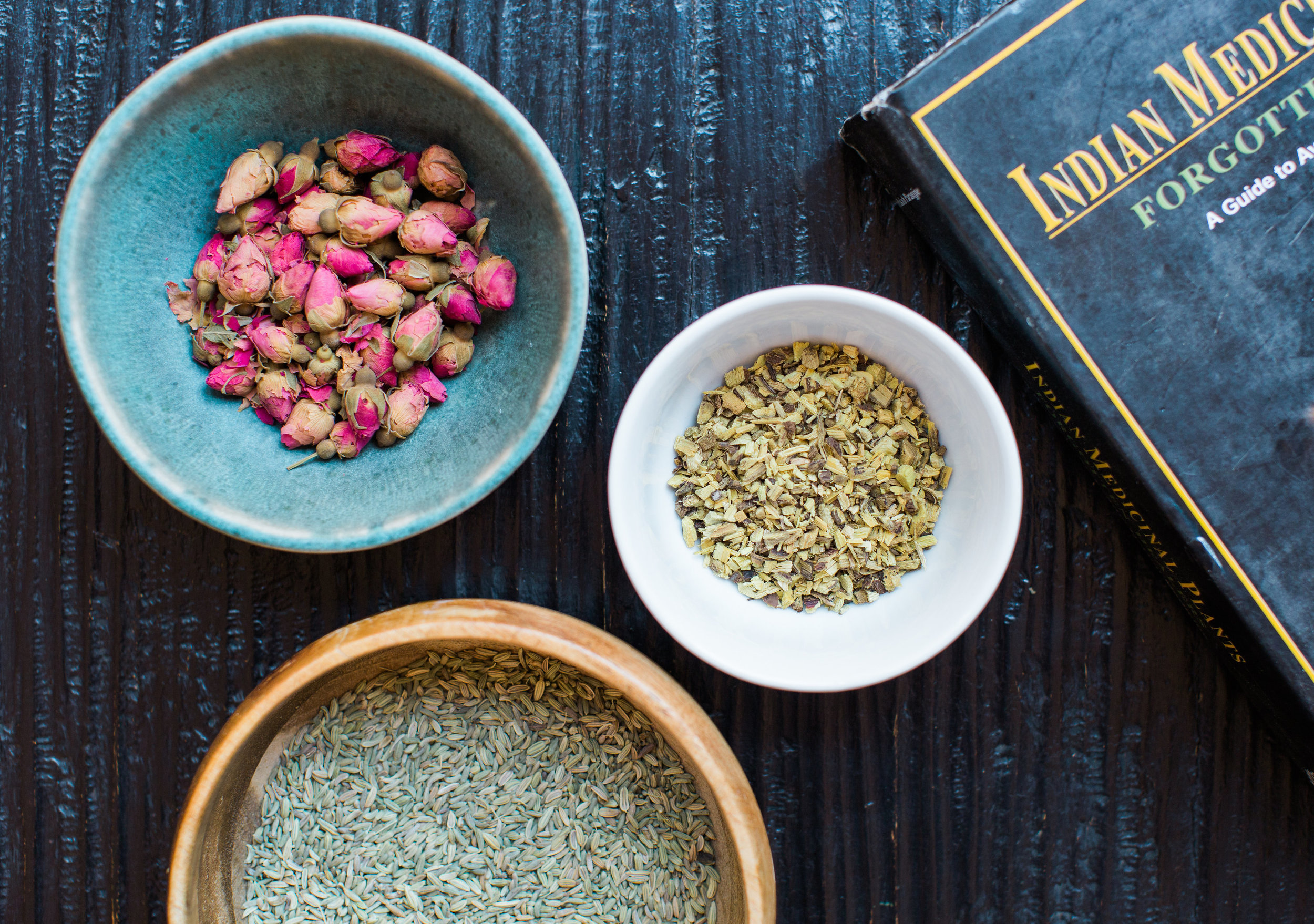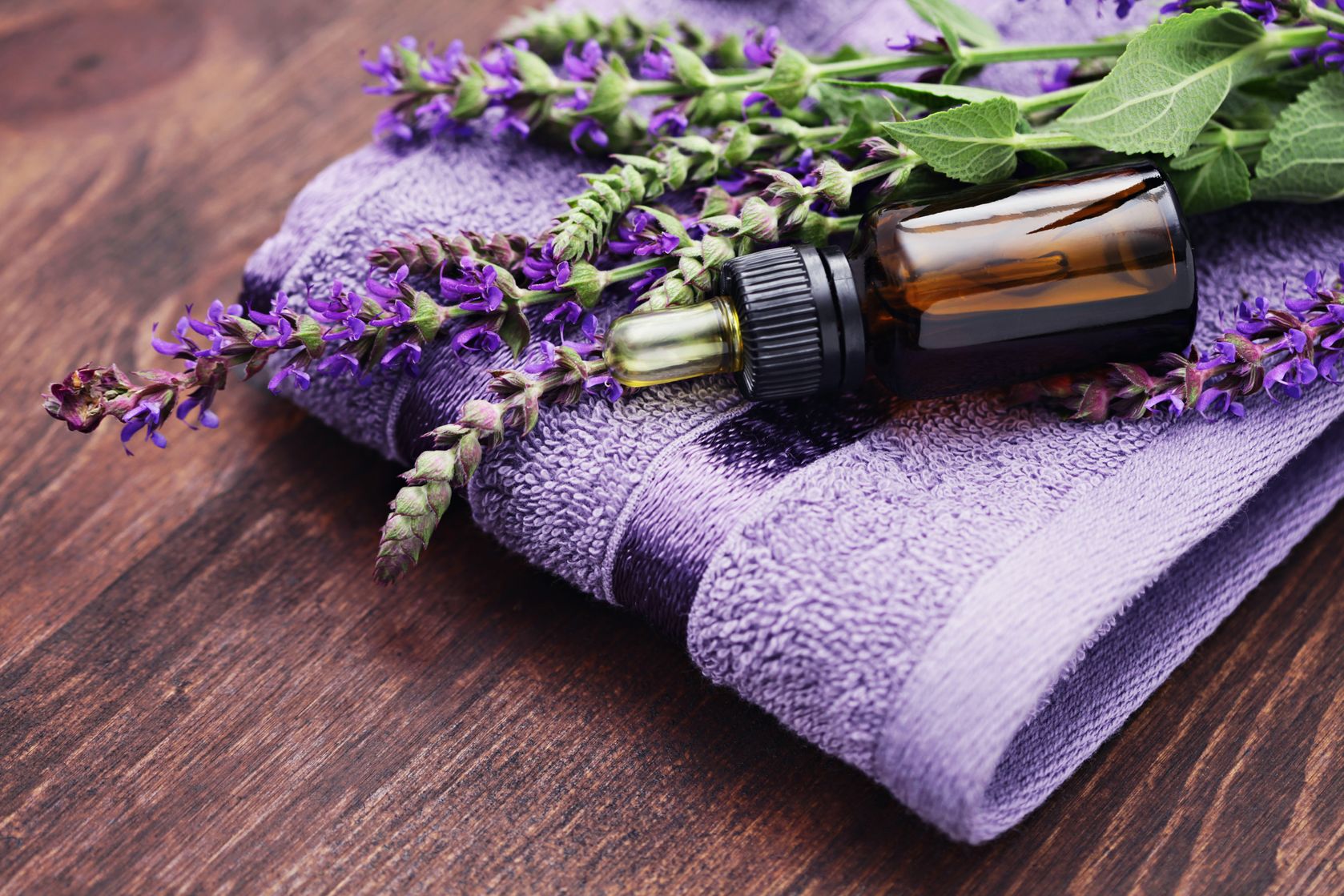In our fast-paced and technologically advanced world, achieving balance and wellness has never been more challenging. It can be easy to feel overwhelmed by the stress and demands of daily life. However, what if there was a way to achieve balance, harmony, and ultimate wellness? Ayurveda, an ancient Indian medicinal practice, provides us with the tools necessary to do just that. This practice holds within it wisdom regarding our natural constitution and offers guidance on how we can better align ourselves with nature for a more healed mind, body, and spirit. In this article, we will delve into the world of Ayurveda and how it can assist us in achieving ultimate wellness.
Ayurveda is a holistic healing system that originated in India over 5,000 years ago. The word Ayurveda means "knowledge of life" and it teaches us how to achieve optimal health and wellness by balancing our body, mind, and spirit. Ayurveda recognizes that we are all unique individuals with different elemental make ups, or "doshas”, which impact our physical and emotional characteristics and our path of wellness or imbalance. These doshas are known as Vata, Pitta, and Kapha, and each person has a unique balance of the three. By knowing your dominant dosha, you can tailor your lifestyle and diet choices to better suit your individual needs.
Ayurveda bridges the gap between treatment and prevention - it's an ancient practice helps individuals stay proactive in maintaining their health. It' recognizes that the body is an intricate network of connected systems, each relying on and impacting one another for optimal health.
This holistic view of the body, understands that our physical health is inextricably linked to balance across all elements of life. By understanding this interconnection and treating your body as an integrated whole, you can ensure greater overall wellness and wellbeing.
Ayurveda considers food to be a form of medicine, and as such, diet and nutrition are key components of achieving balance and harmony. Ayurveda teaches us to eat in a way that nourishes and supports our body type. For example, Vata types may benefit from warming and grounding foods like spiced lentils, while Pitta types may benefit from cooling foods like cucumbers and coconut water. Kapha types may benefit from energizing and invigorating foods like ginger and cayenne pepper.
Unlocking the door to better health starts with recognizing how our unique bodies respond and metabolic function. And by synchronizing nutrition habits with circadian rhythms, individuals can attain a balanced lifestyle that focuses on more than what we eat – but also looks at when and how we have meals for optimal metabolic responses! Ayurveda also emphasizes the importance of mindful eating, encouraging us to eat slowly and mindfully to aid digestion.
In addition to diet, Ayurveda emphasizes the importance of self-care and lifestyle practices in achieving balance and wellness. Ayurveda encourages us to establish a daily routine, or "dinacharya", which includes practices like oil pulling, tongue scraping, self-abhyanga (oil massage) and dry brushing. These practices help stimulate the body's natural detoxification processes, supporting our overall health and wellbeing. Ayurveda also teaches us the importance of sleep and rest, and encourages us to aim for 7-9 hours of sleep each night, and how taking time out with customized yoga or meditation can help restore physical & mental equilibrium tailored specifically to your unique needs.
Mental and emotional health are a central to Ayurveda. Ayurveda recognizes the mind-body connection and emphasizes the importance of mindfulness and meditation in achieving balance and harmony. Ayurveda teaches us to cultivate awareness and presence through practices like pranayama (breathing exercises) and meditation. These practices help reduce stress and anxiety, improve focus and concentration, and promote overall mental wellbeing.
Ayurveda also places value on the use of herbal remedies and supplements to assist with common health conditions. These remedies, known as rasayanas, are believed to support the body's natural healing abilities, rejuvenate body tissues and help an individual maintain optimal health. Additionally, traditional therapies such as Panchakarma cleanses can help to eliminate accumulated toxins from the body and restore balance throughout the body.
Furthermore, Ayurveda is not just about physical health, but also mental and emotional wellbeing. Ayurveda recommends daily breathing exercises, meditation or pranayama to reduce stress, anxiety, and promote emotional balance. By paying attention to the present moment and connecting with nature, we can cultivate greater self-awareness, self-confidence, and inner strength.
In conclusion, the practice of Ayurveda provides us with a wealth of knowledge and techniques that can help us achieve balance, harmony, and ultimately, optimal wellness in our lives. By understanding our unique body constitution, we can make informed choices that better suit our individual needs. Ayurveda's emphasis on self-care, healthy diet, herbal remedies, and mindfulness practices can assist us in achieving physical, emotional, and mental wellbeing. Incorporating Ayurvedic principles into our daily routines is a powerful way of enhancing our connection to ourselves, others, and the natural world. Discover the path to balance and wellbeing through Ayurveda today!
Disclaimer
The sole purpose of these articles is to provide information about the tradition of Ayurveda. This information is not intended for use in the diagnosis, treatment, cure or prevention of any disease.











